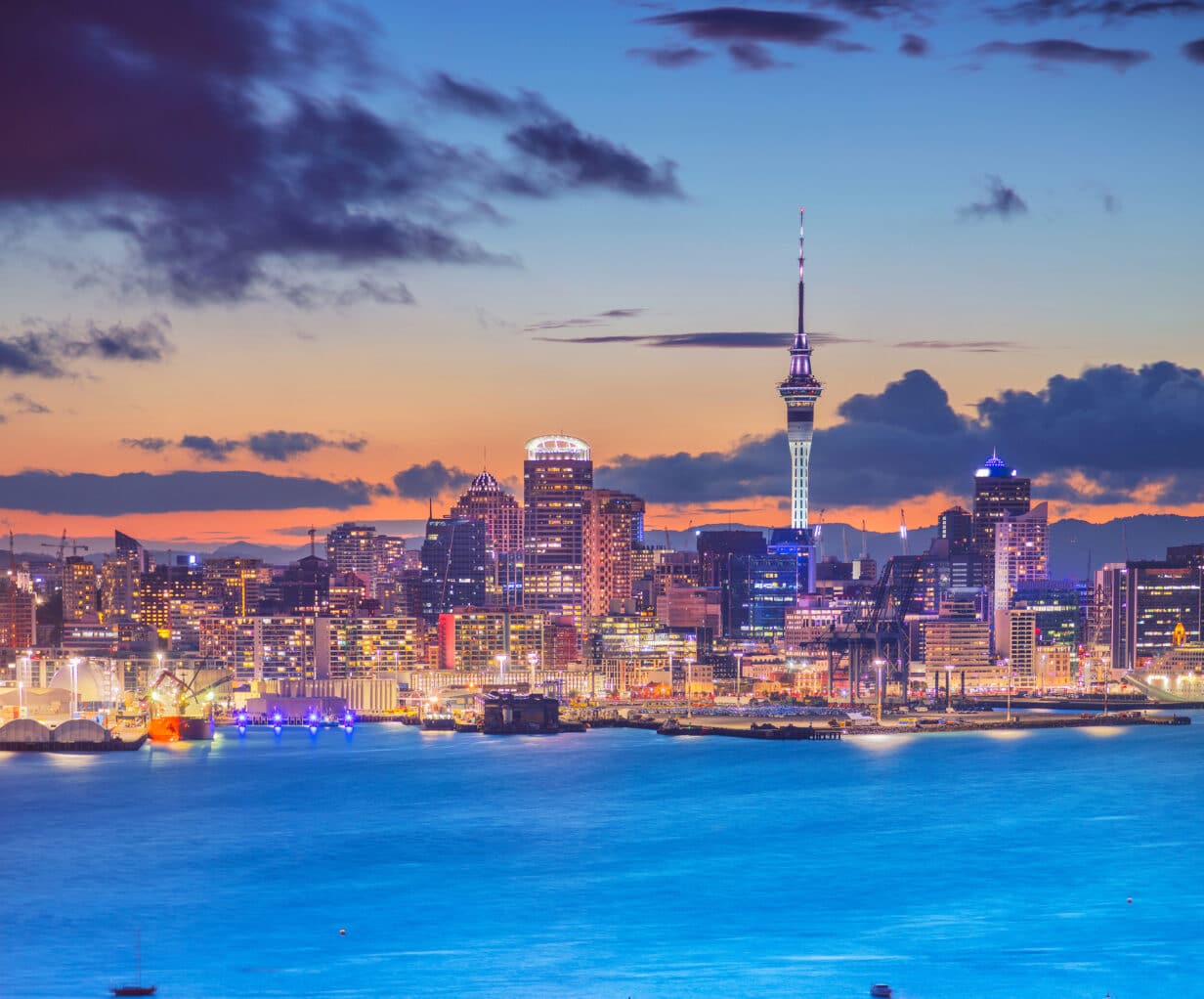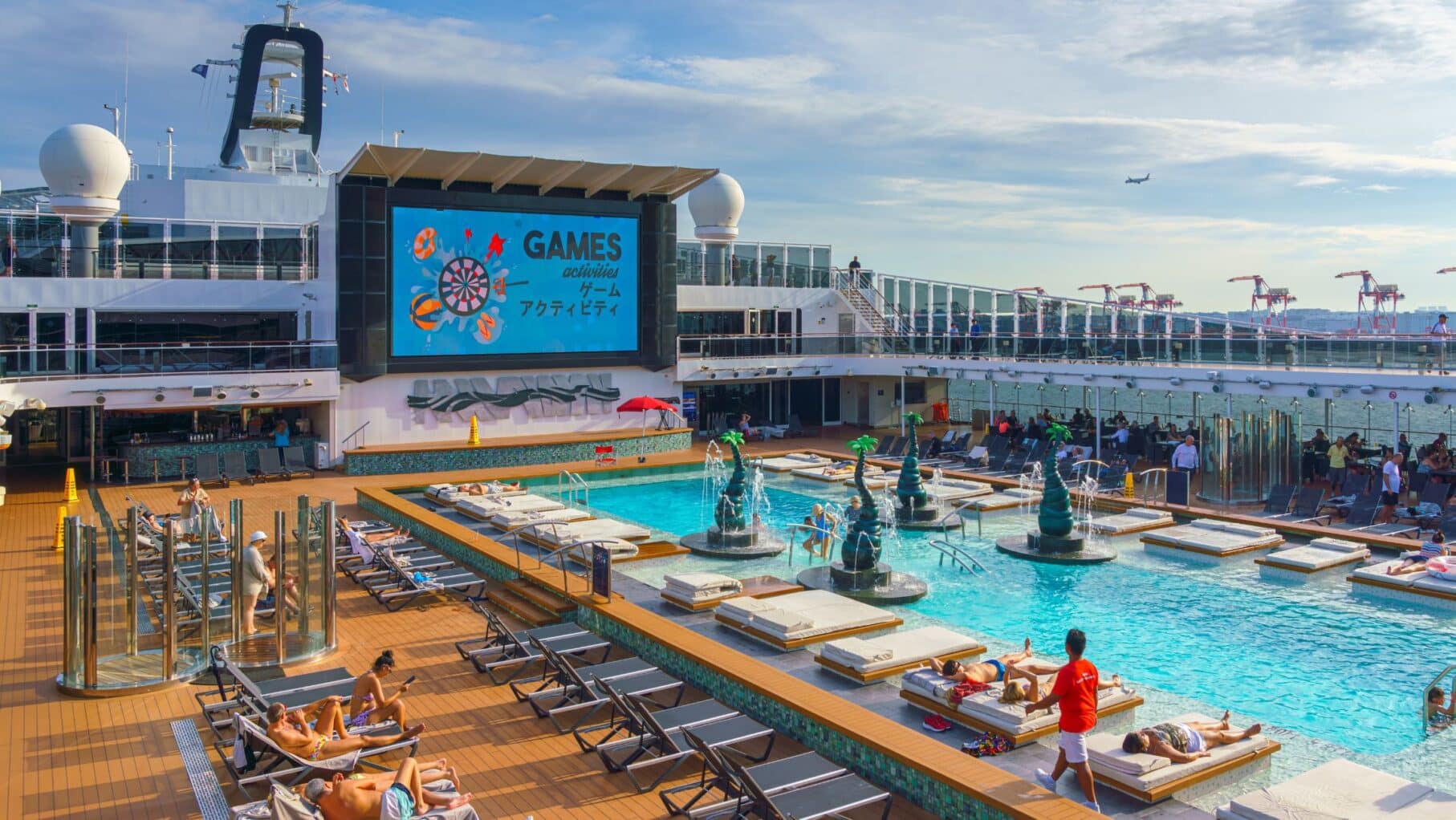Japan is seeing a cruise boom, at the very same time as Australia sees a decline.
Industry figures have been direct about why this is, costs to cruise in Japan are much lower than in Australia and New Zealand.
Japan uses public port projects, combined with invitations for private investment from cruise lines themselves, to keep port fees low.
As Australia and New Zealand experience a cruise crisis, with both countries seeing capacity drops of around 40% over three years, many cruisers and people in the industry have been left to wonder, where are cruise lines sending their ships instead and why?
While it’s no big secret that cruise lines have been boosting their inventories in the Caribbean, as well as sailing more itineraries out of California, another region where cruise lines are boosting their presence is in Asia.
Cruise lines such as Norwegian Cruise Line, Royal Caribbean and Princess Cruises have all been increasing the amount of ships they have sailing in Asia, while lowering Australian capacity at the same time.
A perfect example of this is what’s happening with Princess Cruises. Princess has been shoring up its fleet in Japan, while reducing its sailings out of Australia. Now, both Australia and Japan will have two Princess ships, despite Australia historically being the much larger consumer of Princess cruises.
However, Princess executives are making no secret of why this is happening. The answer is simple. As Japan makes it cheaper and easier for cruise lines to visit, Australia is moving in the opposite direction.
Princess Cruises Vice President Matthew Rutherford told Cruise Weekly that sailing in Japan can have significantly less operational costs than sailing in Australia.
“For the cost side, I mean, it’s just low, it’s substantially low, five times lower – it’s not even in the ballpark of this region.
“And it’s not just the big ports – the little mum and pop ports – everyone’s out there competing for business.
“So what’s different is that they’re all incentivising cruise to come and they see the value of tourism to their economy, and they’re all working really hard to get the tourists into their region, to benefit from it, and then the government is over the top, guiding the process, making sure everyone wins.”
“It’s fair, equal, it’s a very collaborative approach to growing cruise tourism, and then talking about growing cruise tourism, we just added another ship to our deployment.”
With Princess about to sail their biggest ever Japanese season, the country’s approach is clearly working.
Others in the industry are corroborating this. For example the owner of Heritage Expeditions, a New Zealand owned small-ship cruise line, Nathan Russ told SeaTrade that visiting New Zealand ports, even for his small cruise line, costs up to six times more than to visit Japanese ports.
 Cityscape image of Auckland skyline, New Zealand.
Cityscape image of Auckland skyline, New Zealand.
“It costs around NZ$10,000 (AUD$9060) to go to Akaroa and approximately NZ$3,000 (AUD$2715) to go to Hiroshima in Japan.
“It costs NZ$30,000 (AUD$27150) to go to ports in Auckland and around NZ$5,000 (AUD$4530) to go alongside in Osaka, Japan.”
 Will you be cruising to Japan soon?
Will you be cruising to Japan soon?
How did Japan win over cruise ships?
So, how did Japan create a strategy that was successful in bringing in more cruise tourism? The Japanese Ministry of Land, Infrastructure, Transport and Tourism clearly outlines how they used public and private port partnerships to get port fees down and infrastructure advancing, creating an attractive environment for cruise lines.
This is the outline of their plan to attract more ships.
“In order to respond quickly and efficiently to the demand for cruise ship calls, in accordance with the Ports and Harbors Act revised in July 2017, the public sector will develop quays exclusively for cruise ships at nine ports designated as Hubs for International Passenger Ships.
“Also, cruise ship operators wishing to have priority use of the said quay will develop the passenger terminal building etc. necessary to receive cruise ships, thereby promoting the formation of an international cruise hub through cooperation between the public and private sectors.
“Thus, the public and private sectors will work together to promote the formation of an international cruise hub.”
This outlines how Japan’s strategy was to begin with public projects, but also allow cruise lines themselves to contribute to the development of ports in exchange for priority preferences at that port.
In Australia, this would involve allowing a cruise line such as Royal Caribbean to contribute to port development in Wollongong or other areas, to create more capacity out of Sydney.
Now for example, Carnival has a long-term agreement with the city of Sasebo to operate their terminal, which they’ve had since 2018. Carnival has a 20-year agreement to both construct and operate the new terminal, incentivizing Carnival to bring in more ships of its own, and of its other lines, such as Princess Cruises, into Japan.
This creates a boost in the local economy for Japan, and encourages cruise lines to lay down term roots in the country. For lines that haven’t begun privately constructing ports, the approach also seems to work in keeping port fees to a minimum, making cruising there a more attractive proposal anyway.
Could this collaborative approach form the blueprint for how Australia could reinvigorate its cruise industry?
Tell us what you think in the comments below.
Related Posts

Australia’s cruise industry is in decline despite soaring demand. But a new Cruise Passenger survey shows the calls are likely to fall on deaf ears.

Cruise Passenger has thoroughly reported the decline in Australia cruise numbers, with the industry losing around 35% of cruise capacity over three years.

Cunard has released its deployments for the 2027/28 season, and sadly, Australia is nowhere to be seen.

While Western Australia was celebrating the success of its 2023/24 cruise season, where 290 cruise ship visits were recorded and more than $385 million was injected into the economy, there…


AloJapan.com